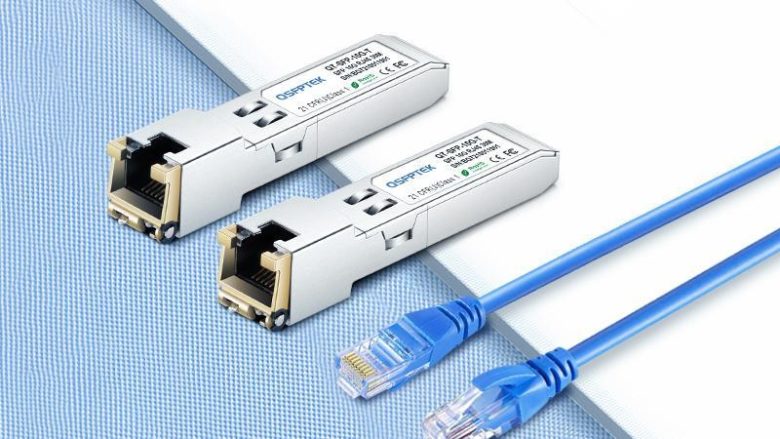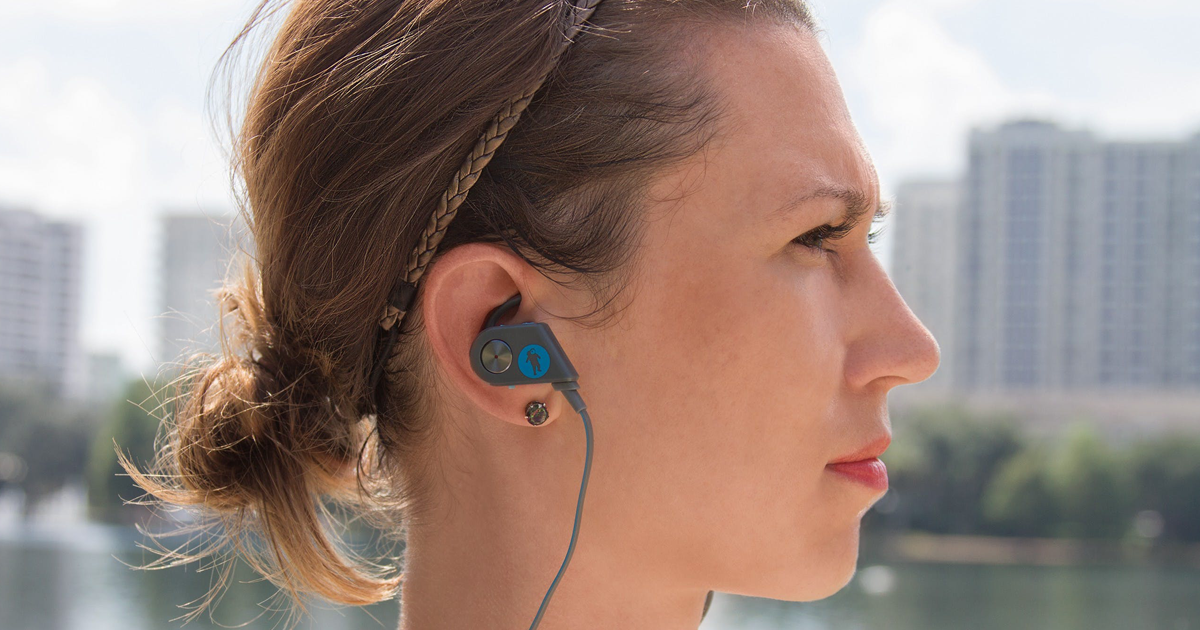The bandwidth of the 10GBASE-T Category 6 cabling system is 250MHz, and the bandwidth of the Category 6A cabling system is 500MHz. With the increase in transmission frequency and speed, the standard requirements to ensure the transmission performance of the system are also becoming more and more strict. The core wire diameter and the interval in the copper cable are all facing technological innovation. The original noise interference between twisted pairs and between the ports of the patch panel, which can be ignored, has also become a problem that affects the 10GBASE-T transmission of the twisted-pair copper cable system. mega rate bottleneck. A new test parameter was defined – Alien NEXT: Crosstalk between pairs of adjacent cables and interference between adjacent connecting hardware.
There are two types of Cat.6A cables that meet the 500MHz bandwidth requirement, unshielded and shielded. They can also support 100m 10G channel length. If the unshielded Cat.6A twisted pair system is used to transmit 10G, alien crosstalk needs to be considered. However, when using a shielded Cat.6A twisted pair system to transmit 10 Gigabit, there is almost no need to consider the problem of alien crosstalk (ground both ends of the shield).
The shielded wiring system originated from Europe. It is a metal shielding layer added to the outside of the ordinary unshielded wiring system, and the reflection, absorption and skin effect of the metal shielding layer are used to achieve the function of preventing electromagnetic interference and electromagnetic radiation. The comprehensive utilization of the shielding system The balance principle of the twisted pair and the shielding effect of the shielding layer are adopted, so it has very good electromagnetic compatibility (EMC) characteristics. Under the same level, the outer diameter of the shielded system cable should be larger than the outer diameter of the unshielded cable. The outer diameter of the Category 6A unshielded cable required for 10G transmission is larger than the outer diameter of the shielded cable. Because of the problem of alien crosstalk, a Bundled Category 6A unshielded twisted pair, in the case of “N pack one”, the data transmission line pair of the innermost twisted pair will be affected by the alien crosstalk of the N twisted pair transmission line pairs wrapped outside it, and this situation The impact of alien crosstalk is very serious. Usually, the test of alien crosstalk is carried out in the mode of “6 packs of 1”. In practical projects, most of the wire ducts or wire troughs are bundled with 6 to 12 twisted pairs, and there is rarely such a standard wiring process as shown in Figure 1. Usually, several cables are bundled and put into the wire trough or bridge, so that there will be a variety of “6 in 1” combinations to be tested, and it will cost more after completing the test of each twisted pair. Time is used for testing various combinations of alien crosstalk.
The twisted pair of Cat.6A shielded system adopts a shielding layer structure, and there is almost no influence of alien crosstalk between each other, so the alien crosstalk can be ignored. The test method is the same as the previous Cat.6 system test, but the test Specifications and test instruments will vary. However, when the Cat.6A unshielded system is constructed, a larger distance is required to ensure the influence of alien crosstalk on the cable performance.
For the Cat.6A type unshielded system that exists in the standard, although it can reach the Cat.6A standard, there are confusions in the aspects of construction lay-out, acceptance difficulty, and utilization of pipe grooves. The method of unshielded Cat.6A system to solve alien crosstalk is to thicken the cable sheath so that the cable sheaths are bundled together to increase the spacing to reduce the influence of alien crosstalk, but this increases the number of unshielded Cat.6A cables. The production cost of the cable. Normally, the outer diameter of Cat.6A shielded cable is about 7.5mm, while the outer diameter of Cat.6A unshielded cable is about 9mm. The increase in the outer diameter of the cable will correspondingly increase the cost of the cable duct.
Through the comparison, it can be concluded that the application field and promotion of the 10GBASE-T Cat.6A shielded system has greater advantages than the Cat.6A non-shielded system. The benefits of a Shielded System Cat.6A 10G solution are now well documented, and industry experts agree that this approach is the best solution for current 10GBASE-T cabling standards.
Article by Born Realist






